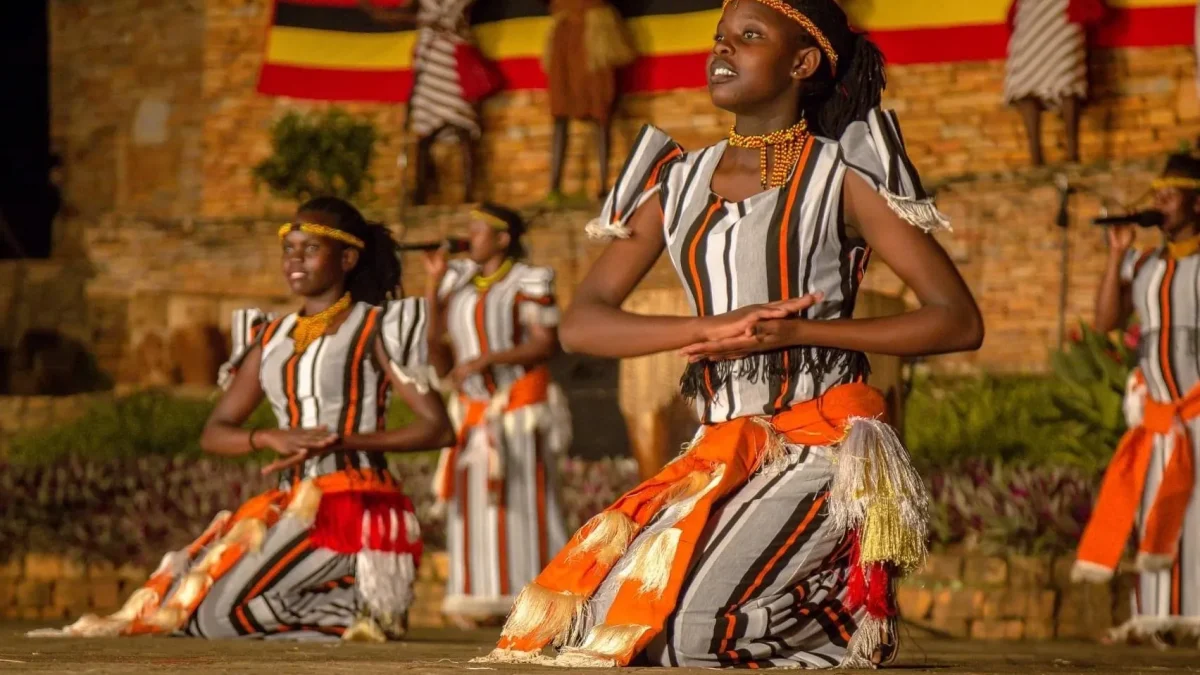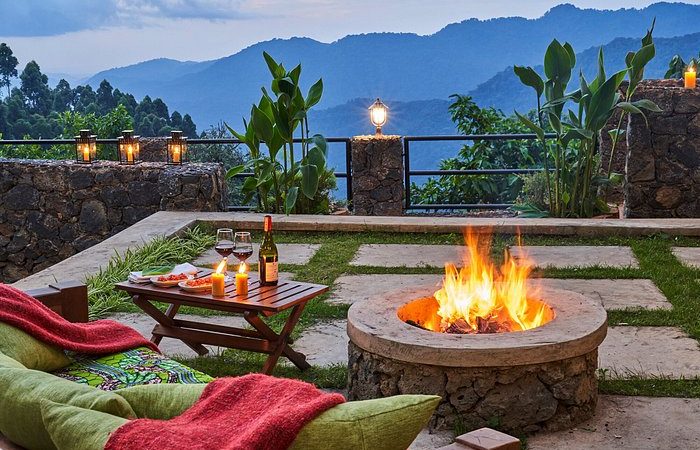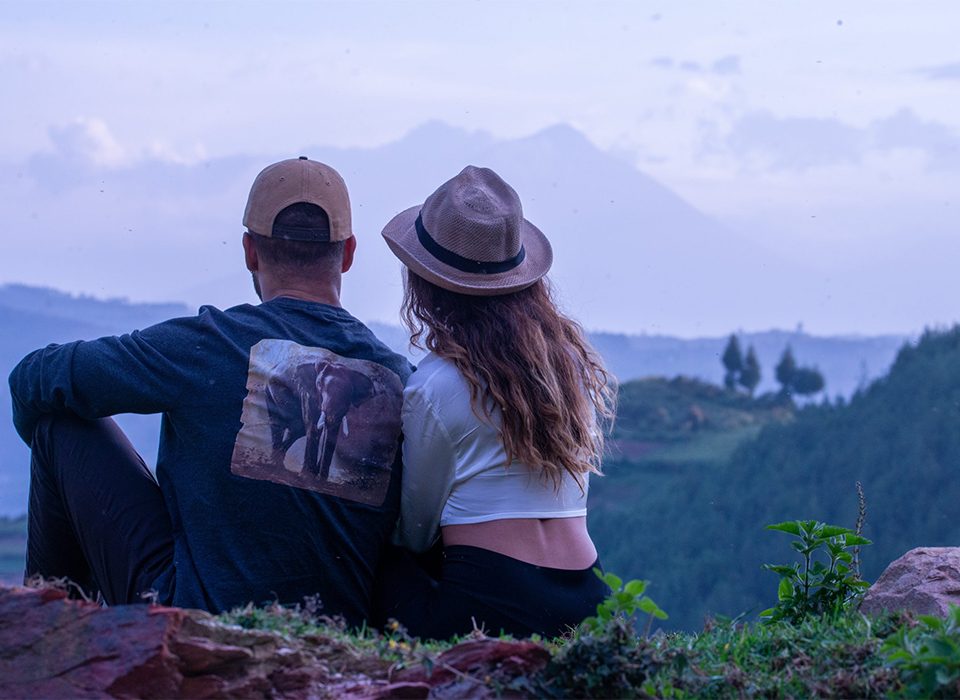Cultural Experiences in Uganda Uganda often referred to as the "Pearl of Africa" for its…
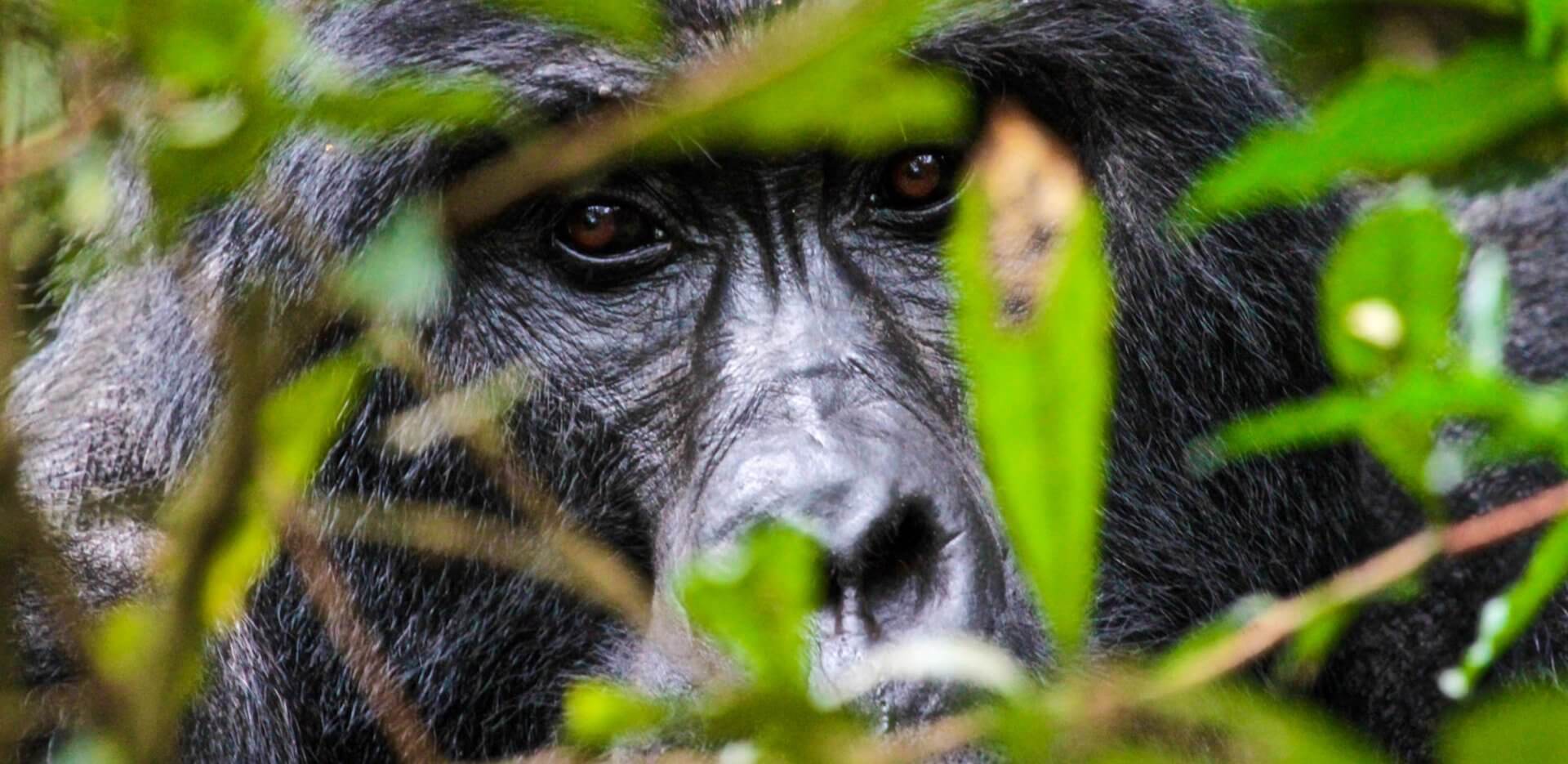
Guide to Gorilla Trekking (FAQs)
Guide to Gorilla Trekking (FAQs) : What are the different species of Gorillas? The most frequent gorillas to trek on an African safari are mountain gorillas. In Uganda’s Bwindi and Mgahinga national parks, you can find them. They can be seen in Rwanda’s Volcanoes National Park. Mountain gorillas can be found in the Virunga National Park in the DR Congo. The Kahuzi Biega National Park is home to the eastern lowland gorillas.
Mountain gorilla habitats.
Mountain gorillas are unable to thrive away from their natural environment. In tropical forests with a plenty of food, they flourish. They can be found in Uganda’s Bwindi Impenetrable National Park and Mgahinga Gorilla National Park, both of which contain impenetrable forests. They can be found in Rwanda’s Volcanoes National Park. They can be seen in the Virunga national park in the DR Congo.
possibility of observing mountain gorillas
You have a 95% probability of seeing gorillas on your gorilla trip. Before your hike, trackers are dispatched to locate them from their nest from the night before. Otherwise, you would likely spend the entire day hiking through the forest looking for them.
How safe is it to get close to gorillas?
Since gorillas are typically peaceful primates, they are known as gentle giants. Tourists have seen every gorilla family, and they have all gone through the habituation process. They can, however, charge, just like all wild creatures. The rangers will give you instructions and remain by your side the entire time. It will be useful to review the briefing before the hike. Avoid making extended eye contact, turn down your camera’s flash, and keep about 10 meters away from the gorillas. Avoid getting caught in the center of the gorilla family by remaining in one group.
Are the DR Congo, Rwanda, and Uganda safe places to go gorilla trekking?
Yes. Every location where gorilla trekking is offered is heavily guarded. Your safety is ensured by doing this. You are accompanied on your journey by armed rangers, not only to protect you from potential security concerns but also because these tropical forests are home to other creatures including forest elephants.
What to bring for gorilla trekking?
You must pack sensibly if you want to enjoy your safari. Imagine missing out on the magnificent birds because you forgot your binoculars at home. A broad brimmed hat, a rain jacket, a rucksack, a long-sleeved t-shirt or shirt, pants, sunscreen, and an adventurous attitude are all necessary items for a gorilla walk. Sturdy and comfortable hiking shoes are also recommended.
How is gorilla trekking helping in conservation?
Since gorillas are an endangered species, significant effort is put into their conservation. Your gorilla trek fees pay for the infrastructure of conservation, including the rangers, guides, and staff. To keep these primates safe from poachers, these rangers patrol the forest. The damaged animals are treated with assistance from researchers and veterinarians. A percentage of the permit payments is allocated to local initiatives in the fields of water, education, and health. Local residents were moved to the park’s limits when the parks were gazetted. They depended on the forest to survive and prosper. These initiatives aid them in adjusting to life away from their ancestral homes. Many itineraries incorporate a cultural tour as a way to give back to these communities.
What threats are gorillas facing?
Loss of habitat is one of the biggest dangers facing gorillas. The prospect of the forests being overrun by people is growing as a result of population growth. The gorillas’ natural habitat and food source have been encroached upon by the cutting down of these trees for agricultural land. Another danger facing the gorillas is poaching. Some shady characters get involved in the poaching trade thanks to the black market for bush meat and jewelry.
Where to stay during gorilla trekking?
The four gorilla trekking regions of Uganda provide a range of hotel choices. These range from opulent resorts to straightforward but cozy bandas. Clouds, Buhoma Lodge, Volcanoes Bwindi Lodge, Nkuringo Lodge, and Sanctuary Gorilla Lodge are all located in Bwindi. Among the mid-range lodging alternatives are Chameleon Hill Lodge, Bakiga Lodge, Bweza Gorilla Lodge, Mutanda Lake Resort, and more. More on the upper end is Rwanda. Gorilla Mountain View Lodge, Virunga Lodge, Bisate Lodge, and Sabinyo Silverback Lodge. My Hill Eco Lodge, Fraven Eco Resort, Le Bambou Gorilla Lodge, Mountain Gorillas Nest Lodge, and others are mid-range choices.
In the Virunga National Park, lodging options include Kibumba Camp. Additionally, there are tented camps in Lulimbi, Bukimia, and Mikeno.
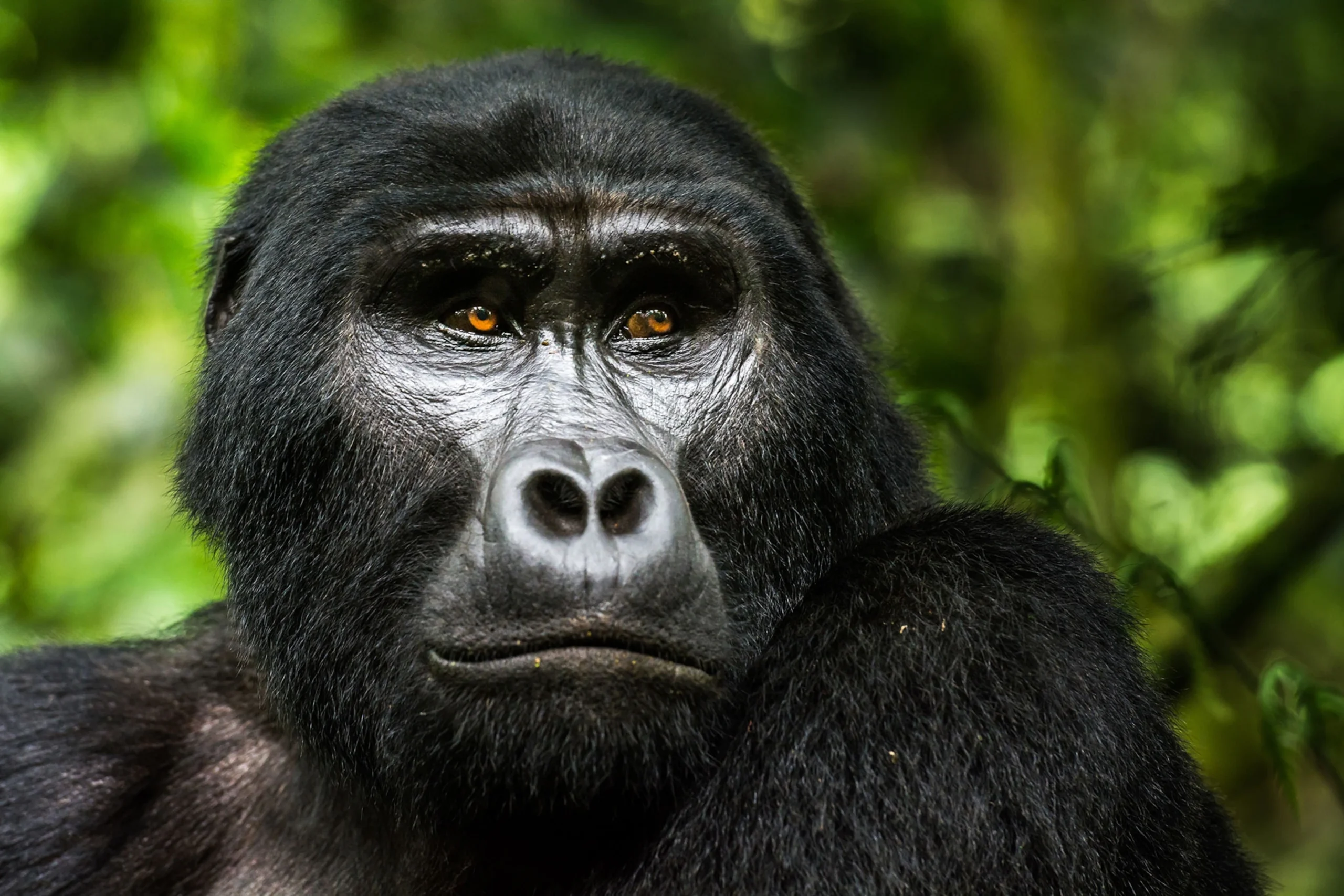
May I employ a porter?
You can, indeed. In actuality, it is urged. The hike could be challenging, and you might need assistance to jump over a paddle or go over a fallen log. You should bring ample water, a packed lunch, a rain jacket, and a walking stick for your hike. You will undoubtedly require assistance with all that bags. Additionally, the small fee will enable them to support their families by helping them make a living.
Activities to do After Gorilla Trekking
The journey through the woodland is anything but magical. It’s wonderful to see the mist floating over the woodland canopy. The calming sounds of the birds and crickets can be heard as you stroll through the woodland. You may have the opportunity to spot certain Albertine endemics, like as the Rwenzori turaco, while on the gorilla walk. Start a thorough birding expedition in the forest. You will have more time in the jungle if you take a walk in the forest.
The Batwa people’s cultural tour will teach you about their way of life, which was passed down to them from their ancestors. The beautiful lakes of Mutanda and Bunyonyi are a great place to unwind.

